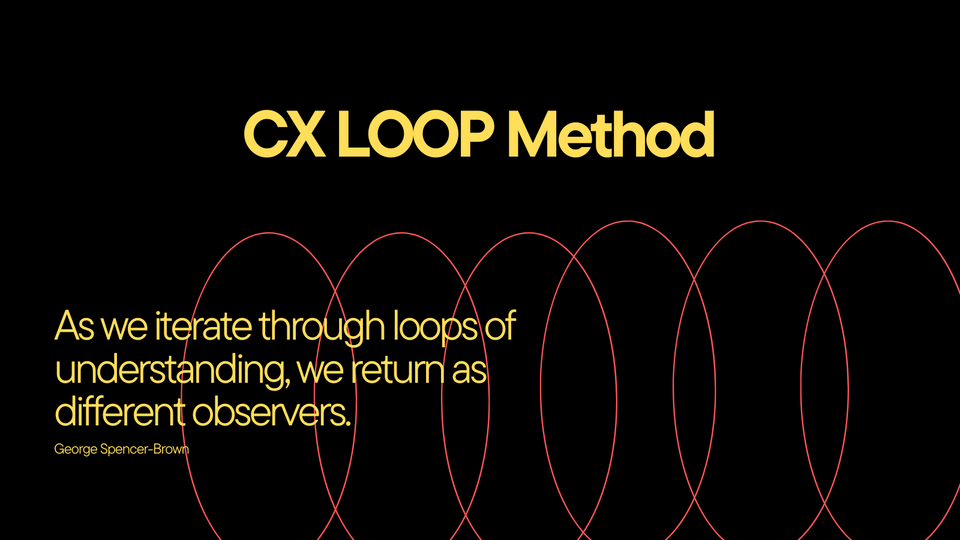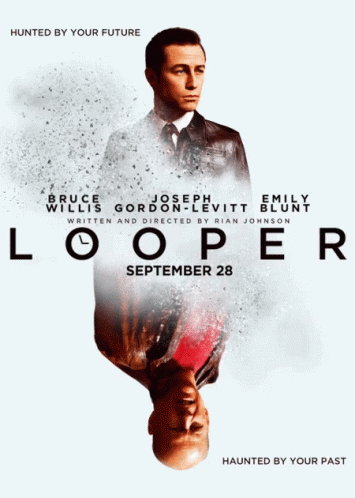How to Break Down Customer Experiences 10x Faster
Discover how to methodically break down complex customer experiences when you know little about a business and its customers.

Introduction
Working in the tech industry, I personally encountered these scenarios:
- New Hire Scenario: I was a company’s new hire and had to start from scratch to learn about its core business model.
- Promotion Scenario: I was promoted (sweet!), but I suddenly had a ton more responsibility and was now managing multiple products’ UX within a CX.
- Roadmap Planning Scenario: I wanted to tell my peers where customer needs fell short and ensure those needs were addressed.
In all of these scenarios, I encountered a problem. To be a valuable contributor and meet customers' needs, I had to understand the entire customer experience, and I had to learn it rapidly.
Traditional Understanding a Customer Experience
For many years, I solved my problem by doing it the way I've always done it:
- I asked to see all wikis and documentation related to the customer experience.
- I did a deep dive into as many products as possible.
- I focused on product capabilities and features and became a product expert.
- I met with everyone who played a role in the customer experience.
- I mentioned the phrase "firehose" a lot. 🤦🏻♂️
I'll be honest—I started to get tired of repeating this process after a while. I wanted to be faster and add valuable customer insights to roadmap planning and other strategic conversations.
Then one day, I realized that the way I had been thinking about CX was too complex. I was overly focused on the individual products within a CX, and although they’re important, I felt that product capabilities only captured a piece of the broader CX. I needed to understand the entire customer experience better than merely understanding the products' user experience (UX).
I asked myself, “What if I could methodically break down a customer experience, no matter what industry or business model was operating?” That’s when I figured out how to do it, and since then, I have been like a surgeon wielding a scalpel and dissecting customer experiences.
Let me share with you how I did it.
The Loop Method

I FOLLOW THREE RULES when I want to break down a customer experience rapidly.
- Rule 1: A customer experience is a system.
- Rule 2: A stage within a customer experience is a sub-system.
- Rule 3: Customer tasks and needs are LOOPs.
Now you are probably asking yourself, “What’s a loop?”
👉👉👉 A loop within a system is a circle of events or actions that keep happening repeatedly. It's like a merry-go-round: You start at one point, go through a series of steps or actions, and then end up back where you started, ready to do it all over again.

I know what you’re thinking. Systems thinking is . . . well, it's hard, and you really don't want to read ten books on systems thinking to understand the CX Loop Method. Well, I have good news for you:
YOU DON'T HAVE TO READ ANY BOOKS.
Hang in there; I promise I’ll demystify it for you.
Rule 1: A Customer Experience is a System
Okay, let's talk about rule one first. The way I think about any CX is that it's a system. I have no feelings or emotions about the CX, and I don't take a stance on it or the customers operating within it.
Let's consider a restaurant as an example. A customer's experience at a restaurant is a system with different parts or stages, all working together to create a satisfying dining experience.
Traditional View of a CX

Traditionally, I considered a CX this massive monolith—an immense blob of information. It felt almost impenetrable because so much information was floating around the broader CX.
Additionally, if the CX was split up into smaller parts, it was always done with a product-first approach. It would be split across the product teams; at least, that’s how I was taught to approach the broader CX.
But when I challenged myself to think about the CX as a system, things dramatically changed for me. Instead of seeing one huge entity, I could immediately split it into something more manageable.
Systems View of a CX

How cool is this? From my perspective, I reduced the CX’s complexity. No matter the size or intricacy, with rule one I can quickly understand the system’s broad layout and start focusing on details (like the stages within a CX).
Rule 2: A Stage Within a Customer Experience is a Sub-System
Now that you’re working within a system, you know that sub-systems operate within a system. So, the next step is to figure out in what type of CX you’re operating. It gets pretty straightforward if it's a business operating within the retail/e-commerce industry.
For example, if I pick any retailers such as Walmart, Amazon, The Home Depot, Kroger, Costco, CVS Health, Target, Lowes, or Albertsons, I’ll already know those businesses’ generic customer experience. In another Triangle Offense post, I share the five common journey maps to understand customer experiences. When I started treating everything as systems and sub-systems, building CX document templates like journey maps became easier.
Stages Operate As Sub-Systems

In this image, I’ve broken down an imaginary CX for a top ten retailer like Walmart or Kroger. Once you know you are reviewing a retailer's customer experience, you can name the stages and voilà! You have reduced the CX complexity by another couple of percentage points.
What I love about this approach is that I keep reducing complexity. I look for simplicity in everything; it makes my life (and that of my team) so much easier when I constantly reduce complexity without sacrificing the quality of the information with which I’m working.
Rule 3: Customer Tasks and Needs are LOOPs
The CX Loop Method comes down to this fact: Do you understand the loops active in the CX stages? What sort of tasks/needs do the customers repeat/have as they operate in your stages?
For example, when I start a new position with a company, I run a checklist where I identify all the loops operating in a CX stage, and I actively close the loops so I can speak with authority about where we’re failing to meet the customer needs
I call this activity "closing the loop."
Identify the Loops in the Stages

A loop carries feedback. From my perspective (and experience), customers executing a loop repeatedly want to give us their feedback. Sometimes, when they grow tired of waiting, we lose that customer, and they stop participating in that loop. Failing to retain customers costs businesses millions of dollars annually.
When evaluating product features, you can assess them against customer loops. Which loops are most important to the customer and which are the most valuable to the business?
When you combine important loops with valuable loops, you’ll turn your product roadmap into a printer that prints money and customer happiness.
Watch Looper

Written by Leo Vroegindewey, B2B CX Consultant
Get in touch to improve your customer experience and increase sales. Let's talk about how I can help your business grow. Email me.